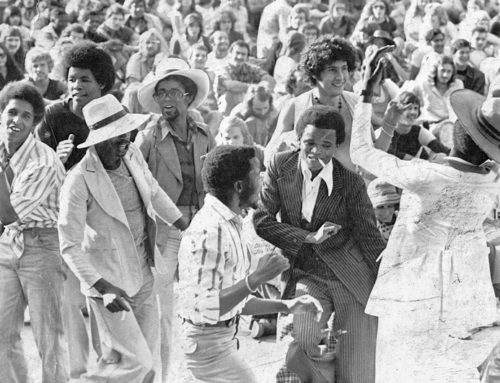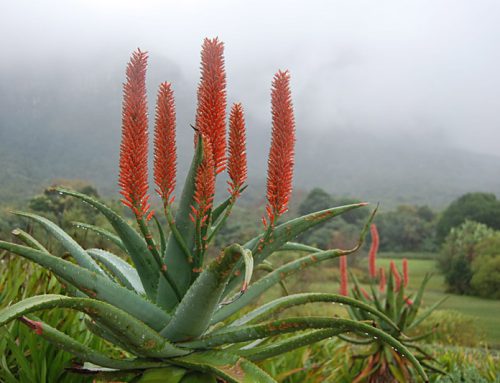 Australian author David Mason-Jones is a cow man. He poses sensible cow questions such as ‘Should Meat Be On The Menu?’ and ‘Why Didn’t My Grandmother Get Fat? And why did I?’
Australian author David Mason-Jones is a cow man. He poses sensible cow questions such as ‘Should Meat Be On The Menu?’ and ‘Why Didn’t My Grandmother Get Fat? And why did I?’
To answer these questions he writes books on the subject because he’s weary of the misinformed cattle bashing that goes on: how cows are the enemy; how they’re emitting global warming gases that are going to kill us. In so doing he gently disarms the pale frontier of yapping spinach lickers who think that not eating meat on Mondays will save our souls.
David believes the root of the problem is that most people don’t know their carbon from their elbow. Every second person is talking about carbon emissions and carbon footprints but ask them to explain the difference between carbon and carbon dioxide and they’ll grin sheepishly, like you just asked them to say Cheese.
Carbon is a naturally abundant element which forms the basis of most living organisms. You contain carbon, I contain carbon, cows contain carbon; David’s deceased slim Grandmother contains carbon.
Carbon dioxide (CO2) is a gas that is naturally present in the atmosphere as part of the Earth’s carbon cycle.
The problem is that humans are altering the carbon cycle by pumping runaway quantities of human-activity-generated CO2 into the atmosphere. At the same time we are rapidly destroying forests and natural landscapes, which remove CO2 from the atmosphere and maintain balance in the carbon cycle.
Hopefully we all know by now that the main human activities that emit CO2 are the combustion of fossil fuels (coal, natural gas, and oil) for electricity, transport and industry.
David explains that lest we hadn’t noticed a cow is very different to a fossil fuel power station.
A fossil fuel power station gets it carbon from the ground and dumps it into the sky in great waves of human-generated CO2 and methane.
A cow in the veld gets it carbon from the sky (through the natural organic processes of plant growth and photosynthesis, powered by the sun) and returns it to the sky; producing carbon dioxide and methane as part of a natural organic process.
Somehow the methane that cows produce has turned into a hysterical witch-hunt, says David, explaining that the source of methane in natural landscapes is simply the breakdown of plant cellulose and not some bizarre, alien process happening in the digestive tract of cows.
Cow belches and emissions are therefore not some new global warming hazard; they are part of a closed atmospheric carbon cycle. This cycle has been repeated for as long as life has existed on earth because cows or innumerable species of grazers, which historically roamed our land in vast numbers, have always been on the land.
It’s a natural cycle but one, which David points out, only applies to natural grass-fed or veld-raised cattle. Intensive feedlots, by comparison, are not natural, and have high carbon footprints because vast quantities of grain have to be grown, fertilised, harvested and transported to feed cows that are not meant to eat grain because their stomachs were made for grass.
Cows in the veld, like the migratory herds of old, also offer the additional benefit of being agents of the carbon cycle, returning carbon to the soil through their grazing, dunging, urinating and hoof action. Using cows to graze the veld instead of burning the veld is another important planet-saver, because the burning of veld releases excessive amounts of CO2 into the atmosphere.
Which brings us to our next question: why didn’t David’s Grandmother get fat? Because, as he explains in the book he’s working on at the moment, she ate natural, grass-fed beef. He believes the consumption of animal products from grass-fed animals is good for you, including the consumption of reasonable quantities of saturated animal fats. Fats! There’s another misunderstood term and one that scares the pants off everyone except Tim Noakes. And look how good he’s looking, with a smile as wide as only a tasty leg of lamb or rack of beef can produce.
To find out more about David Mason-Jones and/or to purchase Should Meat Be On The Menu go to www.journalist.com.au




